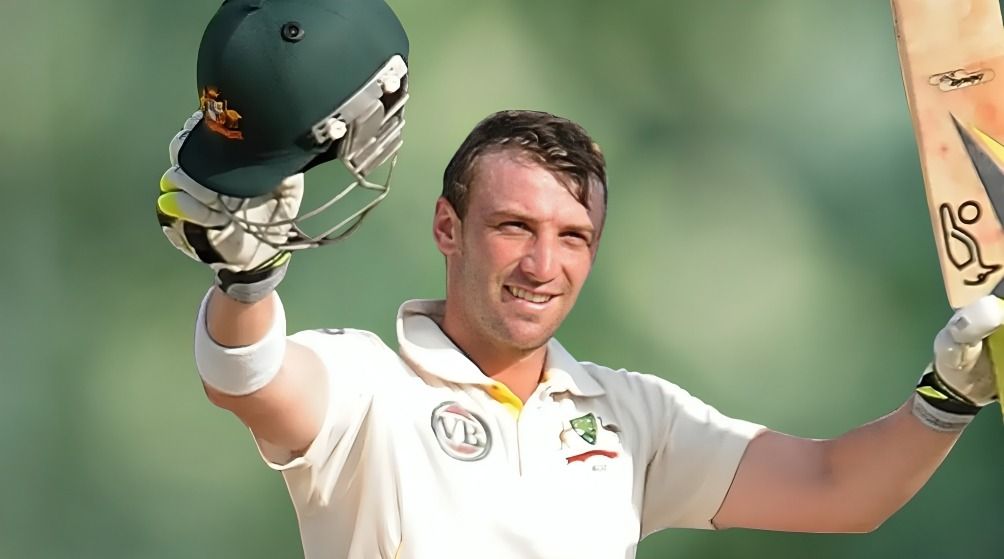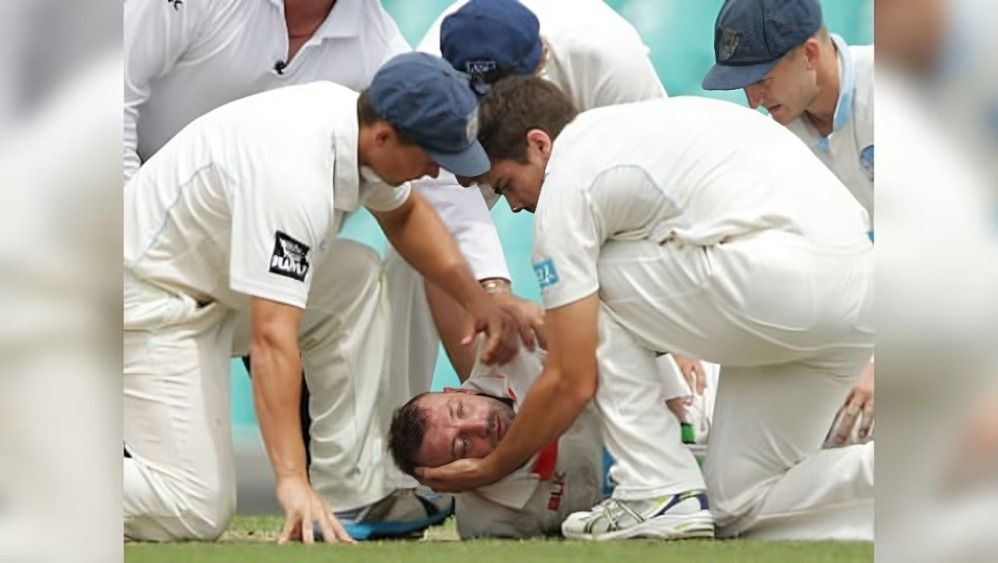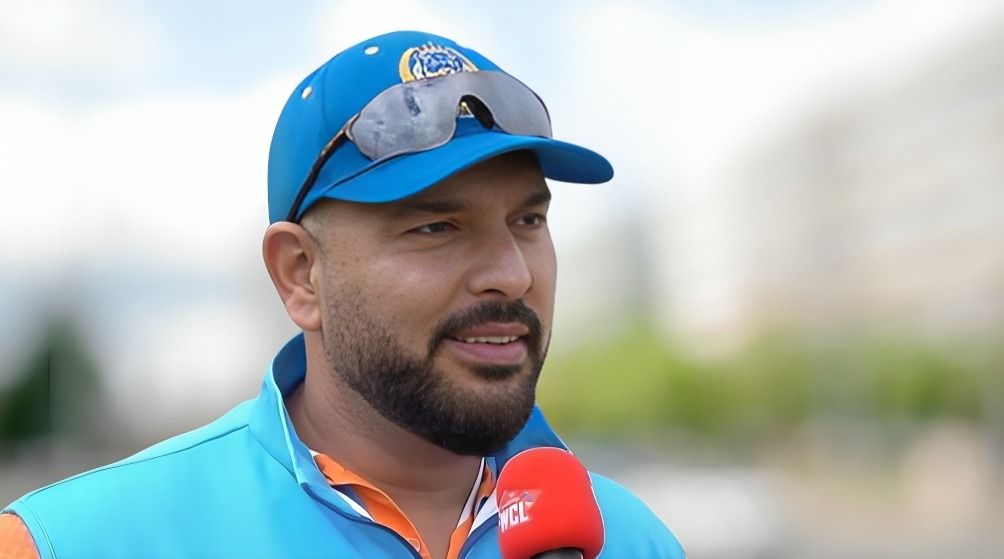
“
The "Darryn Randall violence incident" shocked the cricketing world and serves as a tragic reminder of the risks associated with the sport. In 2013, South African cricketer Darryn Randall suffered a fatal head injury during a domestic match, raising serious concerns about player safety. Although wearing a helmet, the incident highlighted the importance of protective gear improvements in cricket. This blog explores 20 fascinating facts about the incident, how it unfolded, and its long-lasting effects on the sport. Dive into these little-known details that changed the conversation about safety in cricket forever.1
1
”
Darryn Randall, a South African cricketer, tragically lost his life in 2013 after being struck on the head by a bouncer during a domestic match. He was wearing a helmet, yet the fatal blow hit an unprotected area.1
Randall's death gained global attention, prompting cricket boards to review safety protocols, addressing the risks posed by fast bowling and insufficient protective gear.2
His career, while short-lived, had shown promise. Randall had been an opening batsman, known for his aggressive play style, which made his untimely death even more heartbreaking for cricket fans.3
The match in which Randall was struck was not televised, so the tragic incident was witnessed only by those present at the field, heightening the emotional weight for those involved in the game that day.4
Randall’s death was the second cricket fatality in South Africa, following the passing of Richard Beaumont in 1992. Both incidents reignited discussions around protective gear and the risks cricketers face.5

Many of Randall’s teammates were deeply affected by his death. Some players even considered retiring from cricket due to the emotional trauma of witnessing such a tragedy up close on the field.
The South African cricket community rallied around Randall’s family, with several fundraising efforts and tributes pouring in. His death united the sporting world in grief, beyond national and team boundaries.6
Though primarily known in domestic circles, Randall’s death became global news, prompting cricket boards to review safety protocols and address the dangers posed by fast bowling and inadequate gear.7
In the wake of the tragedy, discussions emerged about changing the laws surrounding the use of helmets, including whether stricter requirements should be enforced for players at all levels of cricket.8
Many remember Randall not just for his tragic death, but for his passion for the sport. He was described as a cricketer with immense potential, loved by his teammates and respected by his opponents.9
The incident echoed globally when another cricketer, Phil Hughes, died in a similar fashion a year later in 2014. Both deaths underscored the need for improved safety in a sport often viewed as relatively safe.10

Randall’s death was a rarity, but it highlighted a growing concern about the dangers of fast bowling, a tactic meant to intimidate, but which sometimes led to unintended deadly outcomes.
The blow that killed Randall occurred in a rural cricket league match, illustrating that such tragic incidents can happen at any level of the game, from international competitions to local leagues.11
His loss wasn’t just felt by the cricketing community. Randall had also been a teacher and coach, remembered fondly by his students and colleagues, adding a personal layer of grief to his untimely death.12
In response to the incident, some cricket leagues started to introduce mandatory helmet checks before games, ensuring players were better protected and that no faulty gear could be used.13
Randall’s story is now often referenced during safety training sessions in cricket academies, reminding young players of the risks inherent to the sport and the importance of always using protective gear.14
A foundation was later created in his memory, dedicated to raising awareness about safety in cricket and supporting initiatives aimed at improving player welfare, both in South Africa and globally.15
One lasting impact of the incident is that cricket officials now engage more actively with helmet manufacturers, seeking better designs and stronger materials to minimize future injuries.16
Despite being a little-known player internationally, Randall’s death had a ripple effect, prompting major discussions within cricket boards about how to reduce the danger of head injuries from fast bowling.17
The incident spurred changes in local leagues as well, with some leagues banning certain types of bouncers and mandating that all players, even those in amateur leagues, wear helmets at all times.18


